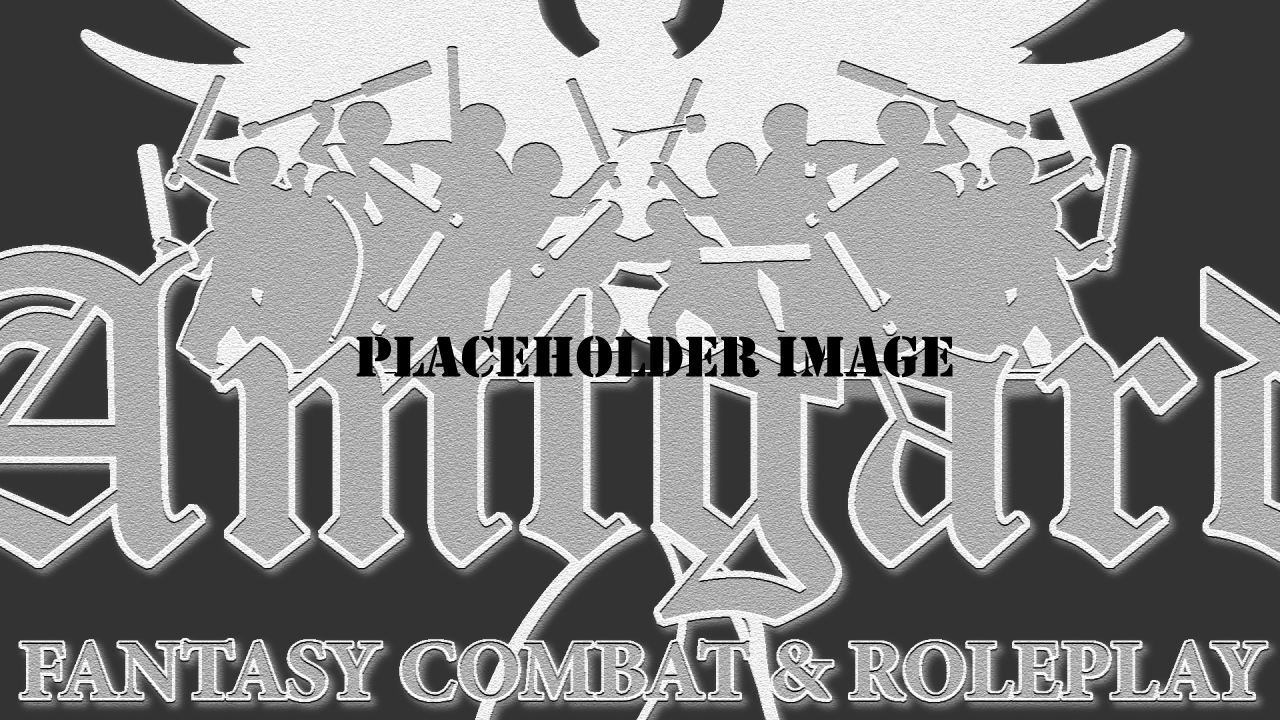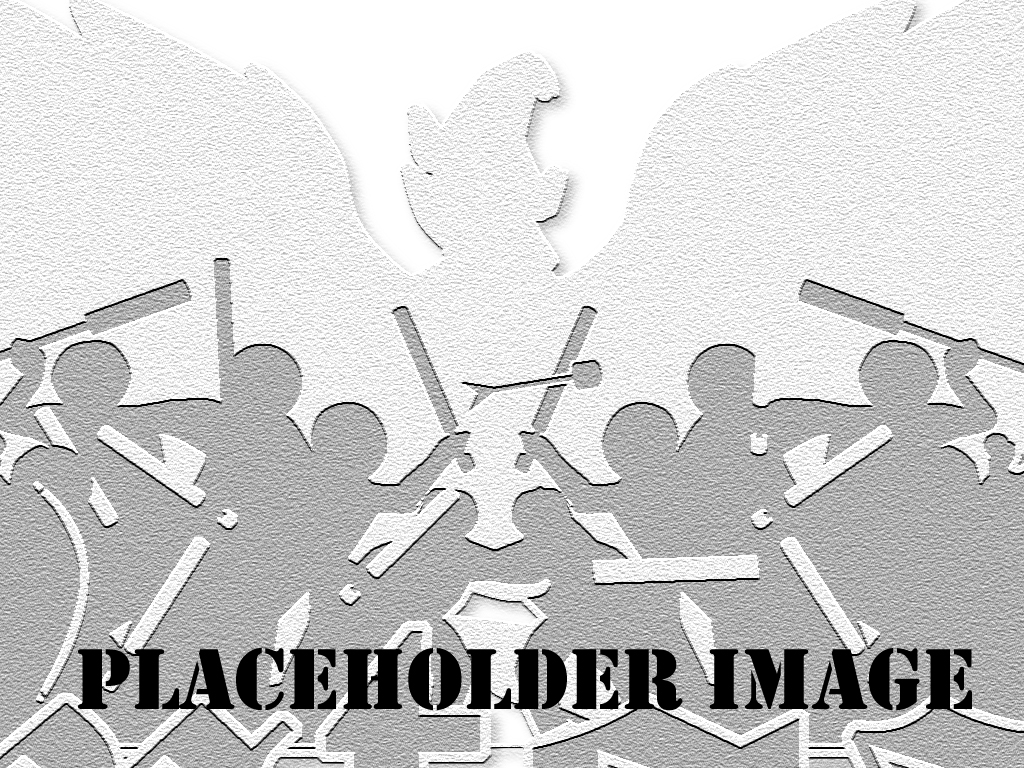V9: Arrows & Bolts
From AmtWiki
This page is part of the Official Amtgard V9 Alpha-Playtest Rulebook.
- The Amtwiki is the official home and primary source for Amtgard V9 Rules as of February 25, 2023.
- These rules are currently in Open Alpha Playtest. See the Playtest Disclaimer for more details.
- To learn more about Amtgard V9 Development, please visit Amtgard.com.
- To view the current Amtgard V8 ruleset, please see the Amtgard V8 Rulebook.
Arrows & Bolts
Safety First
Before building your first arrows or bolts, take the time to learn from an experienced player or study an online construction tutorial. Poorly constructed, poorly repaired, or outright broken arrows/bolts can pose a serious safety hazard and may not be used for Amtgard combat.
Before building your first arrows or bolts, take the time to learn from an experienced player or study an online construction tutorial. Poorly constructed, poorly repaired, or outright broken arrows/bolts can pose a serious safety hazard and may not be used for Amtgard combat.
- Are Stabbing Projectiles.
- Must meet the Universal Equipment Requirements.
- Must be built to be fired from a bow or crossbow, as appropriate, and should be safe to strike other players with the tip.
Arrow Shaft Construction Rules
The shaft of the arrow or bolt is the stick portion to which the head is affixed.
- Must be carbon, aluminum, or fiberglass. May not wood.
- Any real arrowheads or hunting tips must be removed.
- Shafts longer than 28” must have a draw around the shaft to physically prevent drawing the arrow past 28".
- Any vanes/fletching and nock must be in good repair. Vanes, fletchings, or the lack thereof must not cause chaotic or unpredictable flight.
- The Blunt: The tip of shafts (upon which the foam arrowhead will be constructed) must be solidly built up to at least 1.5" in diameter and securely capped with a circular, impact-resistant disc with a diameter of at least 0.75".
- If a metal disc is used, it must be at least 1/16” steel or aluminum.
- Discs of any other material must be durable, impact-resistant, and at least 3/16" thick.
- The rest of the blunt can be constructed from any material so long as it ensures the rest of the foam arrowhead (see below) is not able to move easily in relation to the shaft. This includes but is not limited to: plunging up and down, wobbling from side to side, twisting-without-return, etc.
- The entire blunt can be a single piece, such as a 3D-printed piece, if the material meets the above criteria.
- The Blunt: The tip of shafts (upon which the foam arrowhead will be constructed) must be solidly built up to at least 0.75" in diameter and blunted with a circular, impact-resistant disc of the same width or greater.
- The Supporting Structure: An additional supporting structure must be built up around the blunt to further support the arrowhead. This structure must be at least 1.5" in diameter where it meets the base of the arrowhead. It does not need to be the same material as the blunt (but it can be) however it must ensure the head is not able to move easily in relation to the shaft. This includes but is not limited to: plunging up and down, wobbling from side to side, etc.
- The tip of shafts must be built up to at least 0.75” in diameter in a solid manner and then securely capped with a circular, impact-resistant disc at least 0.75” in diameter.
- If a metal disc is used, it must be at least 1/16” steel or aluminum.
- Discs of any other material must be durable, impact-resistant, and at least 1/4” thick.
- The tip of the shaft must then be further built up to at least 2” in diameter to support the arrow head. It does not need to be as solid as the inner 0.75” build-up” but it must ensure the head is not able to move easily in relation to the shaft. This includes but is not limited to: twisting without return, plunging up and down, wobbling from side to side, etc.
Arrow Head Construction Rules
The arrow head is the Strike-Legal surface at the end of an arrow or bolt.
- Must have at least 2” of foam depth directly in front of the shaft.
- The first 1” of foam immediately after the end of the shaft must have a circular cross-section of at least 2.5” in diameter.
- Foam must be composed as follows:
- The Base: The arrow head must have at least 0.5” of approved closed cell foam immediately after the capped tip of the shaft. This foam must not be able to deform around the arrow shaft on impact.
- The Face: The actual striking surface of the arrowhead must be made of at least 1” thick uncompressed approved open-cell foam. The face itself must either be flat with a circular cross section at least 2.5” in diameter, or a full hemisphere that is at least 2.5” in diameter where it meets the rest of the head.
- The Space: If built exactly to minimum requirements, the ‘Base’ and the ‘Face’ will take up 1.5” of the required 2” of foam, leaving 0.5” to be filled in between them. Not all foams have the same density and firmness so this space should be filled with approved closed-cell or approved open-cell foam as appropriate to offset any unwanted firmness or softness of the other components and make the arrow as safe and comfortable to be shot with as possible.
Arrow Head Cover
Arrow heads must be covered in a durable, opaque cloth. Cloth tape may not be used.
- Regular Arrows must be Color Code Blue or a combination of contrasting colors that cannot be reasonably mistaken as a Color Code. Developer Note: Subject to Change
- Specialty Arrows must adhere to the Color Code.
- If associated with an ability and must follow the Color Code.
- Players can only use a Spellball if they have an ability that allows it. That ability will indicate the color coding required.
Arrow Gameplay Rules
- All Arrows and Bolts are Armor Breaking and Weapon Destroying. Specialty Arrows will also impart additional effects based on their Color-Code.
- Players cannot catch, grab, strike, or otherwise act upon arrows and bolts mid-flight. They must be blocked passively by placing an object in their flight path.
Template:V9 Universal Projectile Weapon Rules (Construction)



